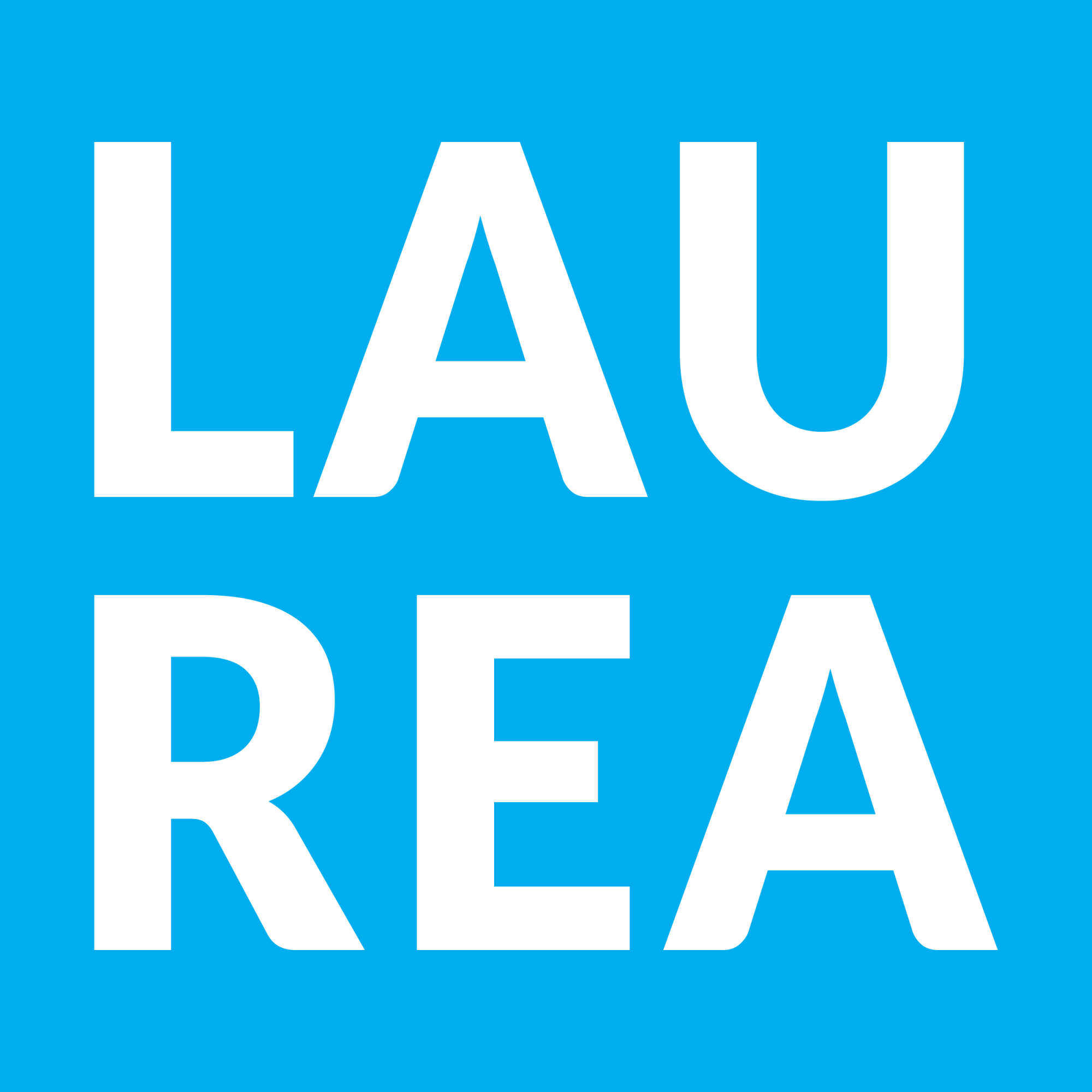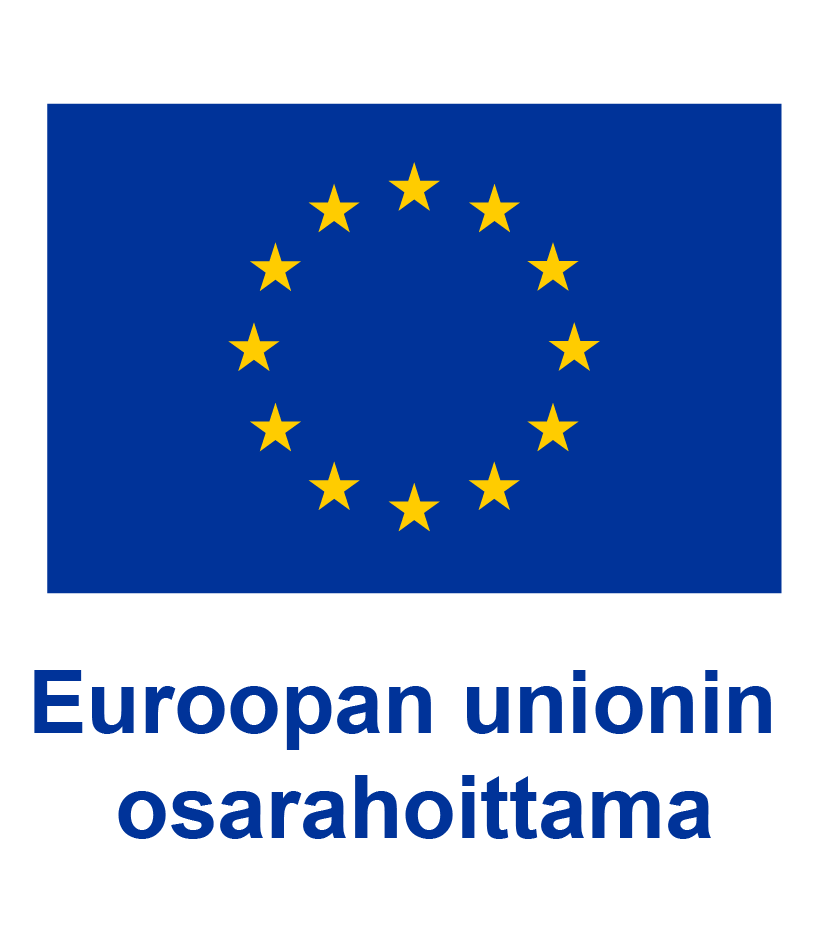(Originally published on Metropolia UAS Tikissä blog 6.11.2024)
The media industry's job market is impacted by an unstable economic situation and the lingering effects of the COVID-19 era. Rapid technological advancements and the rise of AI applications contribute to uncertainty and create pressure to develop new skills. However, it remains crucial to focus on the fundamentals when job hunting.
The Diverse Media Industry
The media industry is multifaceted, with varying job market conditions across its sectors. Discussions about the industry often highlight areas such as audiovisual media production, film and television, radio, journalism, newspapers, print media, communications, 3D animation, and gaming. Additionally, advertising and marketing heavily involve working with media content. Despite shared elements across different fields—such as similar tools, content types, and work processes—job opportunities and recruitment practices can differ significantly.
Below are a few insights into the state of different media sectors and developments in the job market.
Journalism, Communications, and Media
The most significant upheaval in the media industry in the 21st century has been the widespread adoption of the internet and the explosive growth in the quantity and accessibility of digital content. This shift has triggered a transformation in the media landscape, reflected in declining subscription rates for newspapers and magazines and shrinking viewership for traditional TV channels.
Between 2012 and 2022, the share of traditional publishing—including newspapers, magazines, free papers, and books—within the mass media market decreased by 16.4 percentage points, while the share of electronic media increased by 17.9 percentage points (Tilastokeskus, 2023).
Digitalization has transformed the ways work is performed, making multimedia and cross-disciplinary skills essential alongside professional expertise, innovation, creativity, and a willingness to learn (Rantanen et al., 2020).
As tools and technologies continue to evolve, broad-based knowledge and continuous skill development enhance employment opportunities.
Audiovisual Media Production
A few years ago, the audiovisual sector faced a skills shortage due to increased production volumes, larger-scale projects, and the emergence of new distribution channels (Business Finland 2021, 16). However, in recent years, production numbers have plummeted. This decline has been attributed to factors such as the COVID-19 pandemic, delays in commissioning decisions by Yle in early 2023, competitive pressures among streaming services, and reduced support for film and TV productions (Jutila 2024, 7).
In the audiovisual sector, information about job opportunities traditionally circulates within closed networks, with hiring often done selectively based on recommendations (Kaarivuo 2023, 26). This practice, combined with the industry's downturn, further increases employment challenges and underscores the importance of networking.
Game Industry
According to The Game Industry of Finland Report 2022, the bursting of NFT (non-fungible token) and cryptocurrency bubbles, along with the economic downturn, has made investors hesitant to fund new technologies and platforms. Additionally, many publishers require new game projects to have a development budget of at least €5 million before even considering publication discussions. Due to a lack of investment, small game companies, in particular, struggle to hire new employees, with outsourcing tasks becoming a trend instead of recruitment. Entry-level opportunities are mainly found within established companies. (Hiltunen et al. 2023, 31.)
Employers cite deficiencies in job-seeking skills and application writing as barriers to employment for graduates of game industry programs. Skills in creating CVs and portfolios are also seen as inadequate by employers. (Neogames 2020, 10.)
Artificial Intelligence is Already Making an Impact
One of the most discussed areas of digitalization today is generative artificial intelligence and its effects on creative work. In fields such as visual communication and graphic design, AI can accelerate workflows by generating or editing images based on user-provided text prompts. Similarly, text-based tools can assist in tasks like brainstorming story ideas, identifying topics, or gathering background material for journalistic work (Valkonen 2024).
A study published in October 2023 highlights changes in freelance markets online, revealing that since the release of the text-based AI tool ChatGPT, the availability of automation-prone job tasks has decreased by 21% compared to roles requiring manual work. Similarly, the emergence of generative AI image tools has led to a 17% decline in job postings related to image production tasks (Demirci et al. 2023).
AI challenges professionals to learn and find ways to integrate it into their work processes to enhance efficiency. While it can streamline routine tasks, in areas like graphic design, the designer's expertise and creative vision remain essential for producing high-quality results.
Career Coaching for Media Industry Job Seekers in the Uraohjain Service
Since November 2023, the Uraohjain service has been providing career coaching to job seekers in the media industry, as well as the ICT and software sectors, who are clients of Helsinki’s employment services. As of this writing, approximately 50 participants from the media industry have engaged with the service. The goal is to support participants in job searching, career planning, skill development, and overall well-being.
A key component of the Uraohjain service is the coaching discussion, where job seekers can explore their career situations, challenges in finding work, and skills needs with a career coach and a media industry specialist lecturer. While recurring themes such as job application documents and planning additional studies often arise, the diverse backgrounds of participants mean discussions also branch into a wide variety of topics.
Regardless of an individual’s education, work experience, or focus within the media industry, there are some universal insights and foundational principles that are important to keep in mind during the job search process.
Recognizing Your Skills and Strengths
Job searching and career planning can be structured by thoroughly reflecting on your skills, acquired through education, work, and leisure activities. Describing and articulating the skills required for various projects in detail can broaden your understanding of your potential beyond a simple headline-level list.
In addition to technical expertise, it is essential to recognize your strengths, such as being a team player, a creative thinker, or an effective communicator with clients. A deep skills assessment makes it easier to highlight your strengths in your CV, cover letter, and job interviews.
A Targeted, Skills-Focused CV and Cover Letter
In both your CV and cover letter, emphasize skills, education, and work history that are most relevant to the job you are applying for. Use your skills assessment to align with the qualifications listed in the job advertisement. Information unrelated to the position can be omitted or summarized to keep the focus on key areas.
A Portfolio That Showcases Work and Processes
A thoughtfully curated portfolio allows you to demonstrate your skills and work methods more concretely than a CV or cover letter can. Select an appropriate number of projects, and for each one, describe your role, the skills the project required, and what you learned from it.
Networking
Networking is vital in the media industry and other creative fields. Attend industry events, stay in touch with former classmates and colleagues, and make use of platforms like LinkedIn to expand your professional connections.
Often, projects in the media industry start quickly once funding is secured, leaving little time for lengthy recruitment processes. Employers tend to look for candidates within their networks or rely on recommendations. This makes building and maintaining professional relationships crucial, and it’s a skill that should be practiced and actively developed.
Uraohjain+ is a collaborative development project between Stadin AO, Helsinki Vocational College, Laurea University of Applied Sciences, and Metropolia University of Applied Sciences. The project is co-funded by the EU.
Artificial intelligence was utilized to translate this blogpost from Finnish to English.
References
Business Finland (2021). Kotimainen av-ala kiihtyvässä muutoksessa. Pula osaajista kasvun esteenä (businessfinland.fi). Toimialaselvitys 6/2021. https://mediabank.businessfinland.fi/download?fv=53865&coid=5&token=bdGhSwxQ8Fbmvv2m2ZwP&dl=0
Demirci, O., Hannane, J. & Zhu, X. (2023). Who Is AI Replacing? The Impact of Generative AI on Online Freelancing Platforms. https://dx.doi.org/10.2139/ssrn.4602944
Hiltunen, K., Latva, S., Kaleva, J., Tyynelä E. & Sauri L. (2022). The Game Industry Of Finland Report 2023. Neogames. https://neogames.fi/wp-content/uploads/2023/05/FGIR2022report.pdf
Jutila, J. (2024). Elokuva- ja tv-alan tilanne vaikeutui. “Markkina muuttui niin monta kertaa, että on ollut mahdoton pärjätä.” Journalisti, 100(3), 6.
Kaarivuo, A. (2023). Rekrytointikäytännöt audiovisuaalisella alalla. Teoksessa Salo, A-V. (toim.): Osaajapulaa ja työttömyyttä, Nuorten mutkikas tie av-alalle. TAITO-sarja 129. Metropolia Ammattikorkeakoulu. https://urn.fi/URN:ISBN:978-952-328-413-5
Neogames (2020). Pelialan koulutuksesta vuosina 2016-2019 valmistuneiden tai opintonsa keskeyttäneiden työllistyminen. https://neogames.fi/wp-content/uploads/2020/09/TyollistyminenPelialalla.pdf
Rantanen, J. ym. (2020). Mediatyöntekijöiden kokemuksia työstä digitaalisessa toimintaympäristössä: Media Work 2030 -kyselyn alustavat tulokset. Tampereen yliopisto: Työelämän tutkimuskeskus. https://trepo.tuni.fi/bitstream/handle/10024/120374/978-952-03-1549-8.pdf
Tilastokeskus (2023). Joukkoviestintämarkkinat Suomessa 1997–2022. https://pxhopea2.stat.fi/sahkoiset_julkaisut/joukkoviestintatilasto/data/t101.xls
Valkonen, J. (2024). Lue Journalistin vinkit tekoälyn hyödyntämiseen! Journalisti, 100(3), 12.





